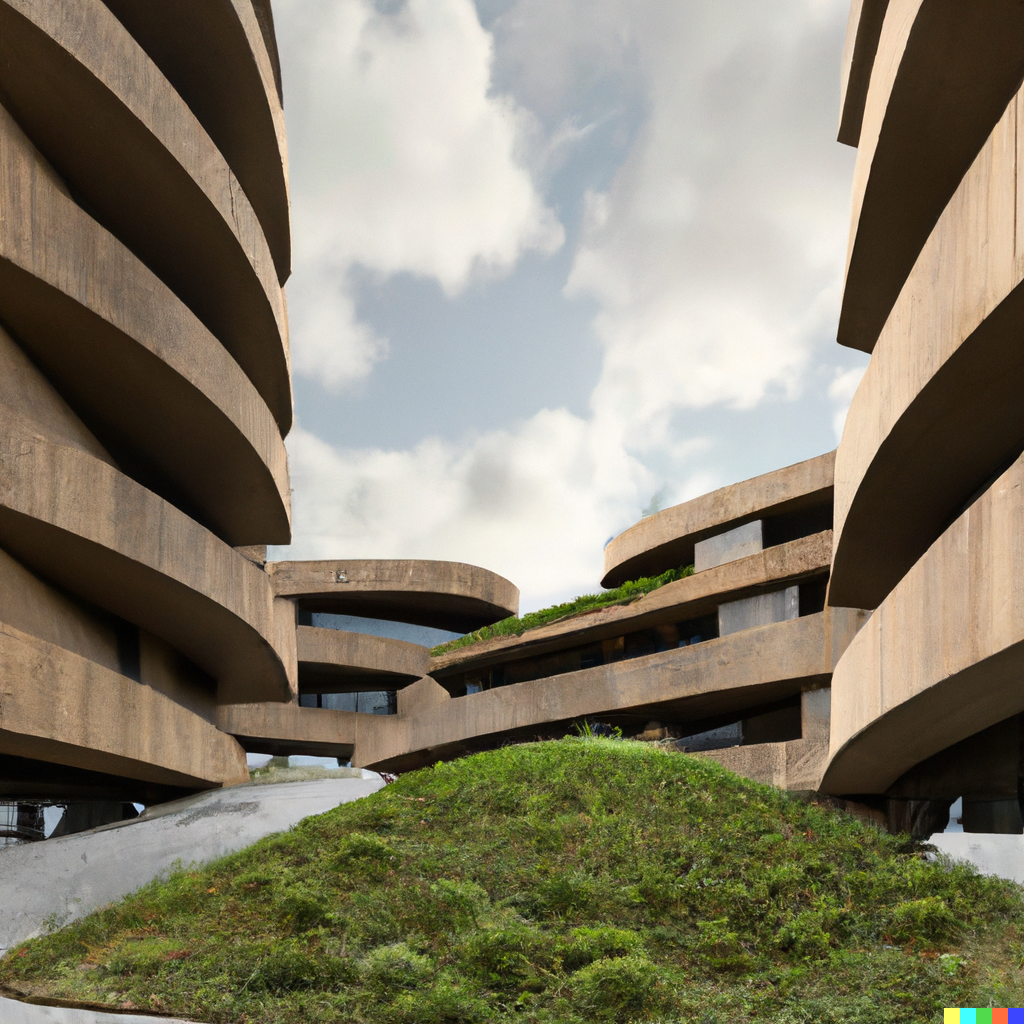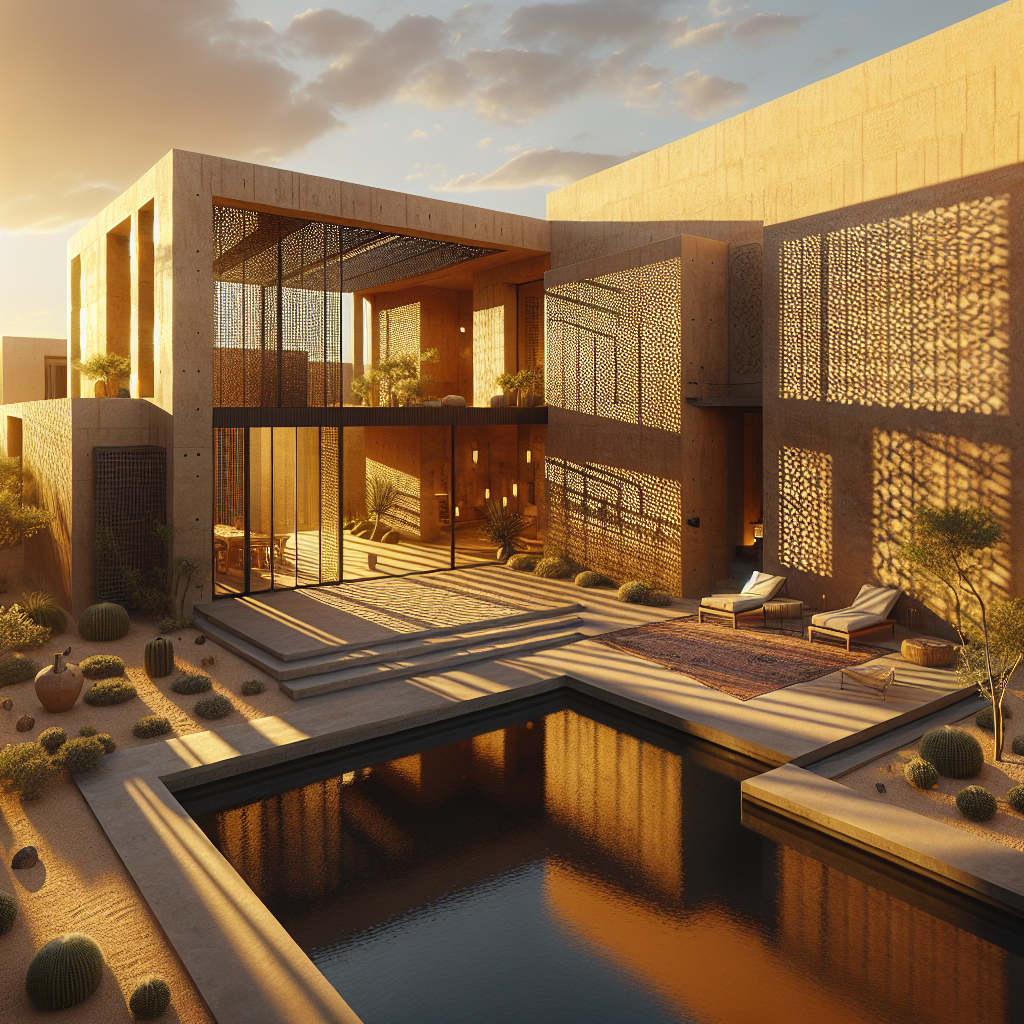The potential of sand printing technology for design an architecture.

Exploring the Potential of Sand Printing Technology for Design and Architecture
The world of design and architecture is ever-evolving, with new technologies being introduced to make the process easier and more efficient. One of the latest advancements is sand printing technology, which has the potential to revolutionize the way we design and build.
Sand printing technology is a process in which a 3D printer is used to create a physical object from a digital model. The printer uses a fine-grained sand material to create the object, which can then be used in a variety of ways. For example, the sand can be used to create intricate patterns, sculptures, and even furniture.
The advantages of sand printing technology are numerous. For starters, it is much faster than traditional methods of construction. This means that projects can be completed in a fraction of the time, saving both time and money. Additionally, sand printing technology is more accurate than traditional methods, meaning that the finished product is of a higher quality.
Another benefit of sand printing technology is that it is environmentally friendly. Since the sand material is recycled, it is much more sustainable than other materials used in construction. Additionally, the process produces less waste, which is beneficial for the environment.
Finally, sand printing technology is cost-effective. Since the process is faster and more accurate, it is often cheaper than traditional methods. Additionally, the sand material is often cheaper than other materials used in construction, making it an attractive option for those on a budget.
Applications of Sand Printing Technology in Design and Architecture
Sand printing technology has a wide range of applications in the world of design and architecture. For example, it can be used to create intricate patterns and sculptures for interior design. Additionally, it can be used to create furniture, such as chairs, tables, and beds.
Sand printing technology can also be used to create large-scale structures, such as bridges and buildings. The process is much faster than traditional methods, meaning that projects can be completed in a fraction of the time. Additionally, the process is more accurate, meaning that the finished product is of a higher quality.
Finally, sand printing technology can be used to create custom pieces for a variety of purposes. For example, it can be used to create sculptures for public spaces, or to create unique pieces of furniture for a home.
The Future of Sand Printing Technology
The potential of sand printing technology is immense, and the possibilities are endless. As the technology continues to evolve, it is likely that it will become even more popular in the world of design and architecture.
As the technology becomes more advanced, it is likely that it will be used to create even more intricate and complex designs. Additionally, it is likely that the process will become even faster and more accurate, making it even more attractive to those on a budget.
Finally, it is likely that sand printing technology will become even more environmentally friendly. As the process becomes more efficient, it is likely that it will produce even less waste, making it an even more attractive option for those looking to reduce their environmental impact.
Conclusion
Sand printing technology has the potential to revolutionize the way we design and build. The process is faster, more accurate, and more cost-effective than traditional methods, making it an attractive option for those on a budget. Additionally, the process is environmentally friendly, making it an attractive option for those looking to reduce their environmental impact. As the technology continues to evolve, it is likely that it will become even more popular in the world of design and architecture.





